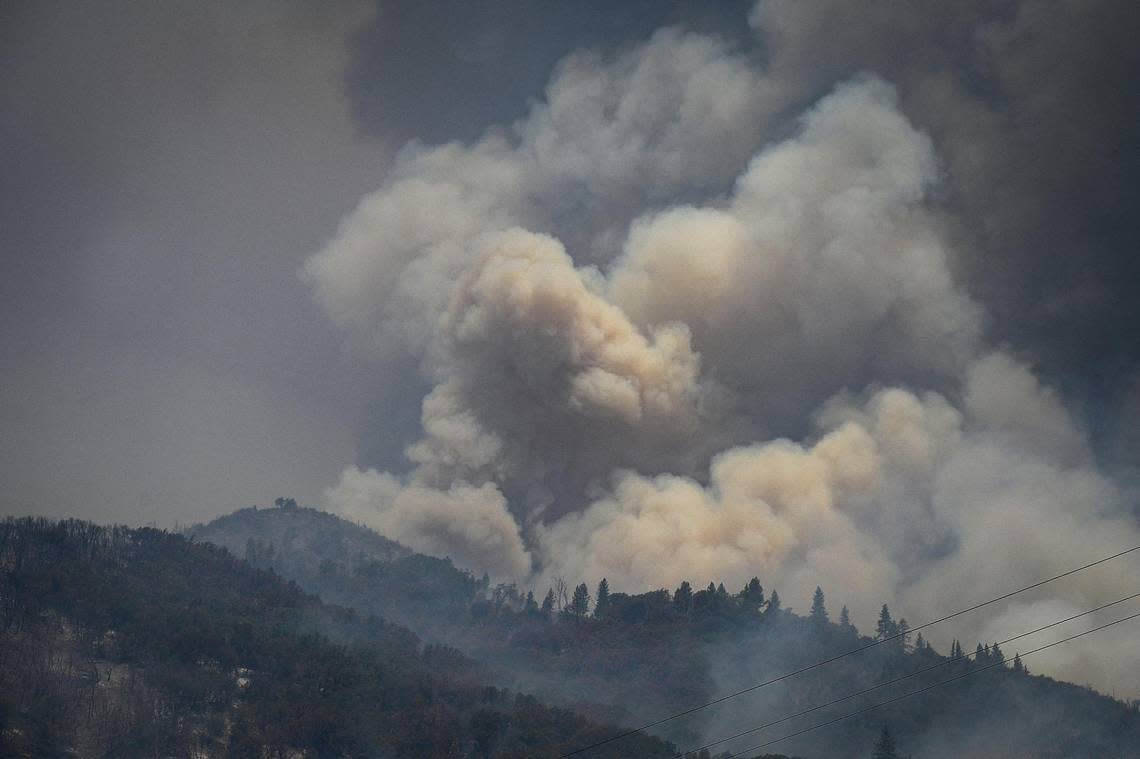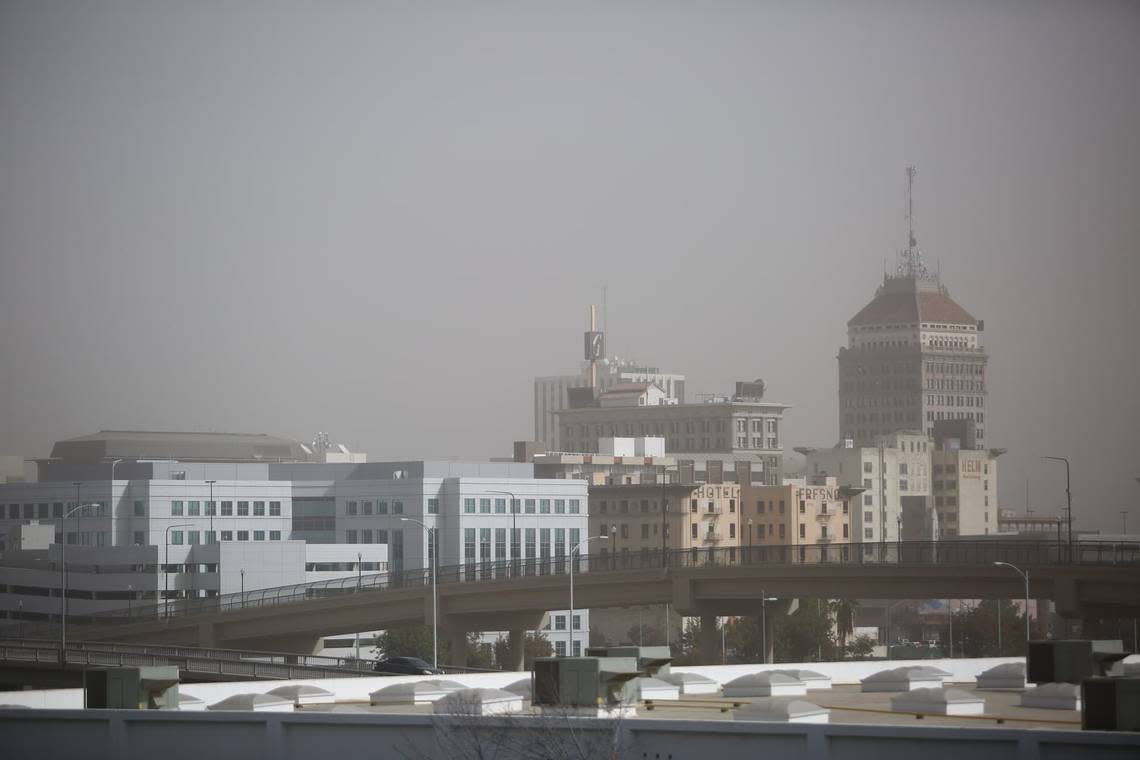Fresno is among top 10 most polluted cities in U.S., American Lung Association. Here’s why
Fresno has some of the worst air quality in the United States, according to the American Lung Association.
The Central Valley is one of the top 10 most polluted cities in the United States, according to the American Lung Association’s 2024 State of the Air report.
Each year, the association issues report cards for all U.S. cities and counties where air quality data is collected on ozone and particle pollution. Metro areas are ranked from cleanest to most polluted in terms of pollution and each county is given a grade ranging from A to F.
The Los Angeles-Long Beach metro area topped the list of the spots with the most high ozone days.
Bakersfield, meanwhile, led the nation in terms of year-round and short-term particle pollution.
“Particle pollution and ozone are a threat to human health at every stage of life,” the American Lung Association said on its website, noting that “some groups of people are more at risk of illness and death than others.”
These include children, pregnant people, people 65 and older and those with asthma and other lung diseases.

What’s the air quality in Fresno?
The American Lung Association paired Fresno, Madera and Hanford together as a single metropolitan area with a combined population of more than 1.3 million people.
The metro area was No. 4 on the list of the places with the worst ozone pollution with an annual average 52.2 days of high ozone days.
Ozone can be seen as smog, but is a gas composed of molecules that forms in the lower atmosphere.
When it comes to 24-hour particle pollution, the Fresno-Madera-Hanford area came in second place, with 54.8 days of high particle pollution per year on average.
The area was third on the list of places with the highest annual particle pollution, with a yearly average concentration of 17.5 micrograms per cubic meter of air.
Particle pollution is a “mixture of tiny bits of solids and liquids in the air” that we later breathe, according got the American Lung Association.
Fresno County scored failing grades for ozone, short-term particle pollution and long-term particle pollution on its 2024 State of the Air report card.

Which US cities have the worst ozone pollution?
Here are the top 10 most polluted metropolitan areas in the United States in terms of ozone, according to the American Lung Association:
Los Angeles-Long Beach
Visalia
Bakersfield
Fresno-Madera-Hanford
Phoenix-Mesa, Arizona
Denver-Aurora, Colorado
Sacramento-Roseville
San Diego-Chula Vista-Carlsbad
Salt Lake City-Provo-Orem, Utah
Houston-The Woodlands, Texas
What are the top 10 worst cities for particle pollution?
These 10 metro areas had the worst year-round particle pollution, the State of the Air report said:
Bakersfield
Visalia
Fresno-Madera-Hanford
Eugene-Springfield, Oregon
San Jose-San Francisco-Oakland
Los Angeles-Long Beach
Sacramento-Roseville
Medford-Grants Pass, Oregon
Phoenix-Mesa, Arizona
Fairbanks, Alaska
These 10 metro areas topped the list for the worst short-term particle pollution:
Bakersfield
Fresno-Madera-Hanford
Fairbanks, Alaska
Eugene-Springfield, Oregon
Visalia
Reno-Carson City-Fernley, Nevada
San Jose-San Francisco-Oakland
Redding-Red Bluff
Sacramento-Roseville
Chico
How does American Lung Association come up with rankings?
The American Lung Association’s State of the Air report for 2024 ranked U.S. cities and graded counties based on ozone and particle pollution during 2020, 2021 and 2022, according to its website.
Data on ozone and short-term particle pollution at locations across the country came from the U.S. Environmental Protection Agency’s Air Quality System, as did data on year-round particle pollution by county.
The American Lung Association said it was assisted by members of the National Association of Clean Air Agencies and the Association of Air Pollution Control Agencies.
